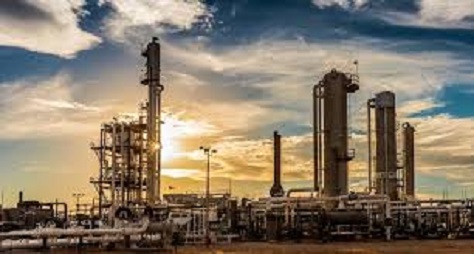INDUSTRIAL DEVELOPMENT IN PAKISTAN

At the time of independence, Pakistan only had 34 industrial units and 921 industrial units in the sub-continent. There were different industries, such as cotton, textile, cigarettes, sugar, rice, husking, cotton, and flour milling industries. These industries are contributing to about 7% of the GDP. It was also employing approximately 26,000 employees.
Industrialization is also given specific importance as there are different plots for sale inPatel Industrial Park near Super Highway. Learning from history, industries are essential for generating revenues. Industrial development and the history of industries can further be divided into different phases.
Phase 1
Duration: 1947 – 1957
In this phase, different activities were formed. Not a single prime minister of Pakistan pursued industrial policy well. This phase was stated in 1947 and ended in 1958. In this phase, different changes were seen as they gave immense growth to developing its potential. The first phase came along with the developing country.
- In this period, policy emphasized in imports and activities related to it.
- The government also established a committee to formulate the industrial policy.
- The committee also emphasized the manufacturing industries, reduction of imports, and social and economic advantages in the country.
-
Pakistan Industrial Finance Corporation (PIFC) was also established in 1948.
-
For the creation of skilled labor, the Swedish-Pak Institute of Technology was made in 1955.
Phase 2
Duration: 1958 – 1969
This phase was also started in 1958 and ended in 1969. The military leaders of the country introduced new policies in their relation to industrialization. It boosted the growth of industries in the country.
-
In this period, the military government of Ayub Khan came in power and introduced a new industrial policy in 1959. This phase also witnessed industrial growth in the country.
-
This policy further came up with an emphasis on the private sector and the development of agro-based industries.
-
In this time, the government further emphasized intermediate and capital goods such as electrical, chemical, and machine goods.
-
There were different funds that were established in this period to promote industrial development in the country.
Phase 3
Duration: 1973 – 1977
This period started in 1973 and ended in 1977. Due to the democratic role, this grew up in terms of a mixed economy. This was addressed through different ideas as small industries were formed for handling all the essential opportunities in that specific period.
- This period was the formation of a new democratic rule that was introduced with the government of Bhutto. He further adopted the concept of a mixed economy.
-
The government further nationalized 34 industrial units that addressed the critical departments in the company. Some of these units include:
- Vegetable industries
- Shipping industries
- Basic metal industries
- Heavy engineering industries
- Assembly and manufacture of motor vehicles
- Tractor plants
- Heavy and basic chemicals
- Petroleum-based chemical industries
- Cement industries
- Public utilities and electric generations.
Some of these nationalized industries are under the management of the Board of Industrial Management (BIM). In the same phase, Pakistan Industrial Development Corporation (PIDC) was established.
The government created some of the other reforms in this case:
-
Labor reforms
-
Abolition of bonus voucher systems
-
Revision of import policy
Phase 4
Duration: 1988 – 2008
This phase started from 1988 to 2008. This phase also witnessed multiple ups and downs in connection with industrial development in Pakistan.
- During the first half of the phase, i.e., 1988 to 1999, the country faced political turmoil and Pakistan problems. This phase saw multiple issues in Pakistan.
- In this period, two governments came into power two times. Benazir’s government and Nawaz’s government had not even governed for more than three years. The industrial policy was not even the topmost priority of these two governments.
- Nawaz Sharif also emphasized on the infrastructural development. Although Nawaz Sharif also adopted multiple economic policies such as deletion policy, privatization policy, etc.
- In the second half of this phase, i.e., 2000 – 2008, Pakistan's industries also faced a more significant influence using cheaper goods under WTO agreements.
- This phase looked for different problems and the solutions included in the industrial development of Pakistan and its effect on economic outcomes.
History has given several lessons when it comes to industrialization as it focused on providing different setbacks and opportunities in Pakistan. In recent years, industrialization is given specific importance. People are also dependent on the development of small industries to manage their businesses and generate more significant revenues. REDBOX is providing you industrial investment opportunities in Patel Industrial Park, where you can attain maximum benefits by setting up your industry.

Write Comments